Smart Event Infrastructure: IoT-Enabled Temporary Prefab Buildings by Lida Group Feature High Quality Mobile House Technology
2025-Aug-07 17:08:56
By Admin
1. Introduction
In the contemporary world, events of all scales, from large – scale international festivals and trade shows to small – sized community gatherings, are constantly evolving. The infrastructure required to support these events has also seen a significant transformation. There is a growing demand for more efficient, flexible, and technologically advanced event spaces. Temporary prefab buildings have emerged as a popular solution due to their ease of installation, cost – effectiveness, and adaptability. Lida Group, a renowned name in the prefabricated building industry, has taken this a step further by integrating Internet of Things (IoT) technology into their mobile house designs, creating a revolutionary smart event infrastructure.
Lida Group, established in 1993, has grown to become a powerful integrated building engineering company in China. With multiple certifications such as ISO 9001, ISO 14001, ISO 45001, and EU CE certification (EN 1090), and having passed inspections by SGS, TUV, and BV, the company has a solid reputation for quality. Their product range includes large – scale labor camps, steel structure buildings, container houses, prefab houses, and other integrated buildings. By incorporating IoT technology into their temporary prefab buildings, Lida Group is not only meeting the current needs of the event industry but also setting new standards for future event infrastructure.
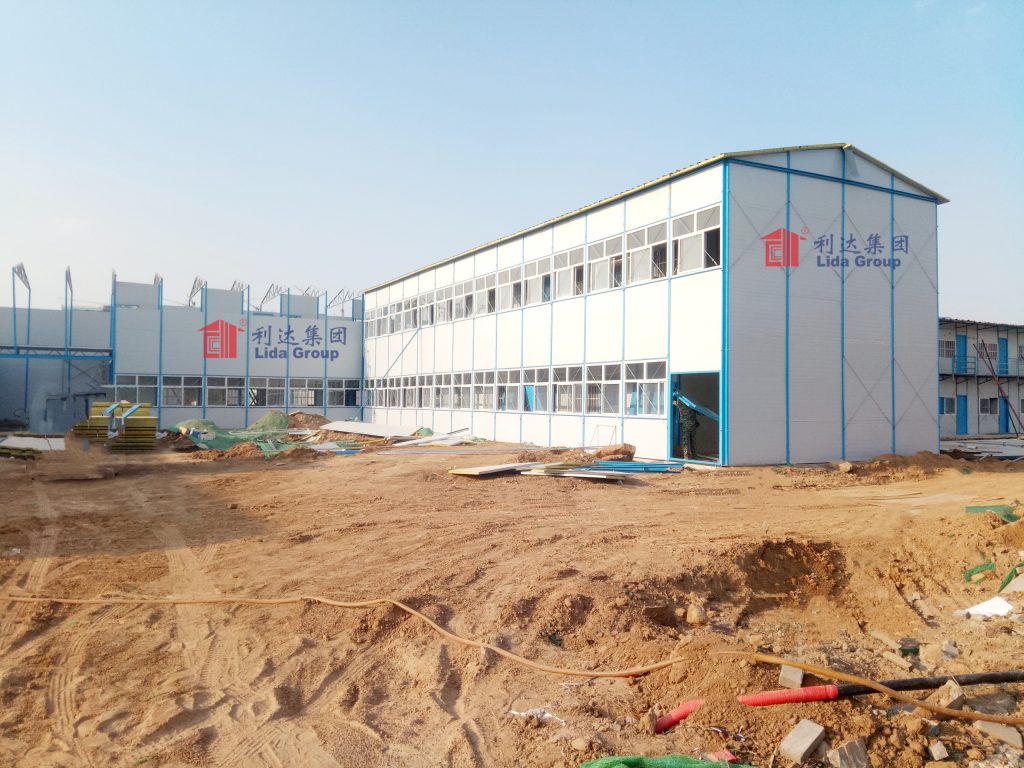
2. The Need for Smart Event Infrastructure
2.1. Changing Landscape of Events
Events today are no longer just about a physical gathering. They are complex ecosystems that require seamless integration of various services. For example, large – scale trade shows need to provide exhibitors with a platform to showcase their products effectively, while also ensuring a smooth experience for visitors in terms of navigation, information access, and networking. Smaller community events, on the other hand, may need to manage resources efficiently, such as power consumption and waste management.
The rise of digital technology has also changed the expectations of event – goers. People now expect real – time information, personalized experiences, and the ability to interact with the event environment in a more intelligent way. Traditional event infrastructure, which is often static and lacks advanced technological features, is struggling to keep up with these demands.
2.2. Challenges with Traditional Event Venues
Traditional event venues, whether they are permanent or temporary, come with a host of challenges. Permanent venues may be expensive to build and maintain, and they often lack the flexibility to adapt to different types of events. Temporary structures, although more cost – effective in terms of construction, may not offer the necessary amenities and technological capabilities.
For instance, in a traditional temporary event tent, there may be limited control over the internal environment, such as temperature and lighting. There could also be difficulties in providing reliable power supply and high – speed internet access. Additionally, security and safety monitoring in these structures may be rudimentary, relying mainly on manual surveillance. Smart event infrastructure, enabled by IoT – integrated prefab buildings, aims to address these challenges comprehensively.
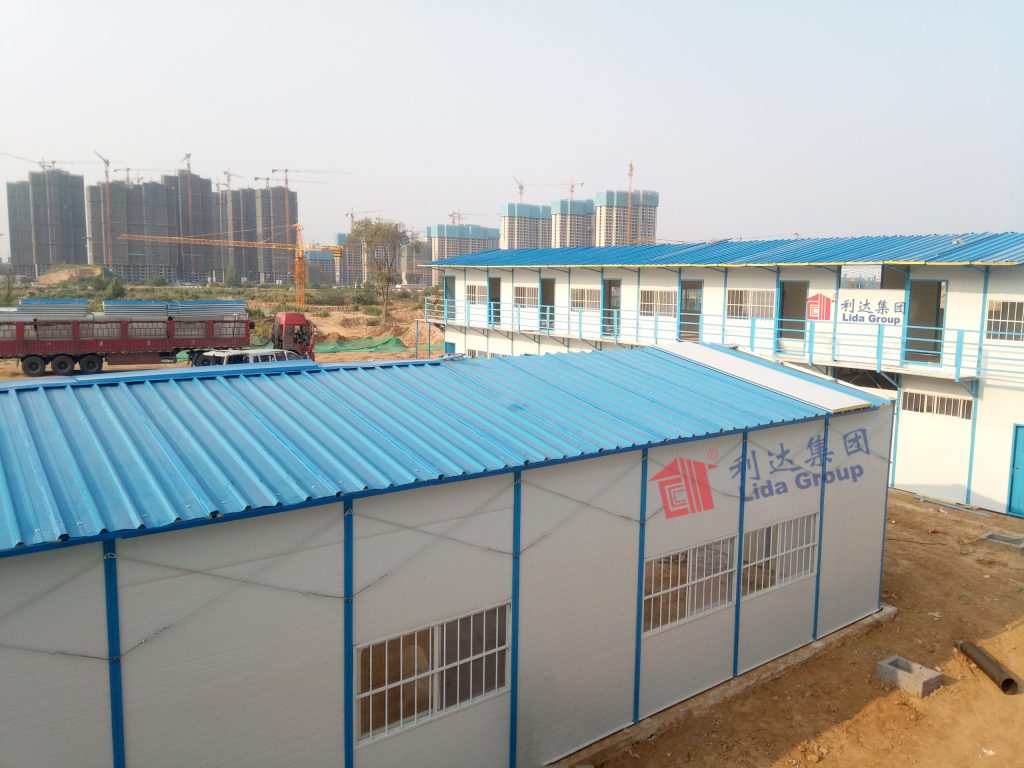
3. Lida Group: A Pioneer in Prefabricated Building Solutions
3.1. Company Background and Expertise
Lida Group has been at the forefront of the prefabricated building industry for decades. With a workforce of 750 employees, including 50 engineers, the company has the technical expertise to design and manufacture high – quality prefab buildings. Their daily production capacity of 5000 square meters demonstrates their scale and efficiency.
The company’s experience extends globally, having exported products to more than 145 countries and regions. They have set up overseas branch offices in countries like Saudi Arabia, Qatar, Dubai, Kuwait, Russia, Malaysia, Sri Lanka, Maldives, Angola, and Chile. This international presence gives them a deep understanding of different market needs and regulatory requirements.
3.2. Product Portfolio and Quality Standards
Lida Group’s product portfolio is diverse, catering to a wide range of applications. Their prefab houses can be used for various purposes, including housing workers in mining camps, providing accommodation in disaster – affected areas, and serving as temporary offices. The company’s container – based buildings, for example, are known for their durability and versatility.
The use of recycled materials in many of their products is also a notable feature. In their container buildings, they use steel sourced from industrial scrap, with their patented Circusteel™ process allowing for 98% recycled content in the walls and roofs. This not only reduces the environmental impact but also contributes to cost – effectiveness. All of their products are manufactured under strict ISO standards, ensuring high – quality fabrication.
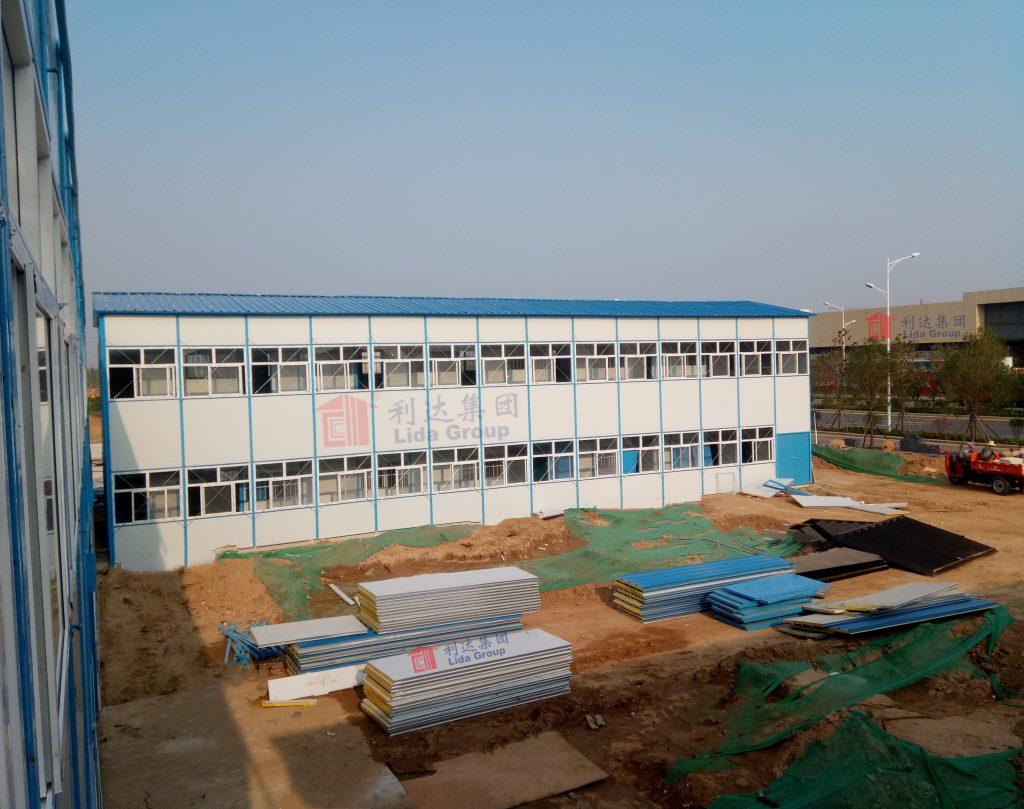
4. IoT – Enabled Features in Lida Group’s Temporary Prefab Buildings
4.1. Environmental Monitoring and Control
One of the key IoT – enabled features in Lida Group’s prefab buildings is environmental monitoring and control. Through a network of sensors, the internal temperature, humidity, air quality, and lighting conditions can be continuously monitored. For example, temperature sensors placed throughout the building can detect any fluctuations. If the temperature rises above a set threshold, the IoT system can automatically trigger the air – conditioning units to cool the space.
Humidity sensors are equally important, especially in regions with high humidity levels. Excessive humidity can lead to mold growth, which is not only a health hazard but can also damage the building materials. The IoT system can activate dehumidifiers when the humidity levels are too high. Air quality sensors can monitor pollutants such as volatile organic compounds (VOCs) and particulate matter. If the air quality deteriorates, the system can adjust the ventilation rate to bring in fresh air.
Lighting control is another aspect of environmental management. Smart lighting systems can be programmed to adjust the brightness based on the time of day or the occupancy of the space. For example, during the day, when natural light is abundant, the lights can be dimmed to save energy. When people enter a room, the lights can automatically turn on to a pre – set brightness level.
4.2. Energy Management
Energy efficiency is a major concern for event organizers, especially in large – scale events. Lida Group’s IoT – enabled prefab buildings offer advanced energy management solutions. The sensors can monitor the energy consumption of different electrical appliances and systems within the building.
For instance, if an air – conditioning unit is consuming an unusually high amount of energy, the IoT system can detect this and send an alert. It can also analyze the energy usage patterns over time and suggest ways to optimize energy consumption. This could involve adjusting the running time of certain appliances, such as turning off non – essential lights during periods of low occupancy.
In addition, the buildings can be equipped with smart power outlets that can be controlled remotely. This allows event organizers to turn off devices that are not in use, reducing standby power consumption. Some of the more advanced energy management systems can also integrate with renewable energy sources, such as solar panels. The IoT system can monitor the energy generated by the solar panels and adjust the power usage within the building to make the most of the clean energy.
4.3. Security and Safety Features
Security and safety are paramount in any event. Lida Group’s prefab buildings are equipped with a range of IoT – enabled security features. Door and window sensors can detect any unauthorized entry. If a door or window is opened without proper authorization, the system can immediately send an alert to the event security team.
Motion sensors can be installed in key areas of the building to detect any movement. This is particularly useful for monitoring restricted areas. In case of a fire or other emergency, smoke detectors and heat sensors are integrated into the IoT system. When a fire is detected, the system can automatically trigger the fire alarm, notify the relevant authorities, and even activate fire – suppression systems if available.
The buildings can also be equipped with emergency call buttons that are connected to the IoT network. In case of an emergency, event – goers can press the button, and their location will be immediately transmitted to the security or medical team. This ensures a quick response time, enhancing the overall safety of the event.
4.4. Connectivity and Communication
In today’s digital age, seamless connectivity is essential for the success of an event. Lida Group’s IoT – enabled prefab buildings are designed to provide high – speed and reliable internet access. Wi – Fi routers are integrated into the building’s infrastructure, and the IoT system can manage the network traffic to ensure optimal performance.
For example, during a trade show, exhibitors may need to stream live product demonstrations or access cloud – based data. The IoT – managed network can prioritize the traffic to ensure that these critical applications have sufficient bandwidth. In addition, the buildings can be equipped with communication systems that allow for real – time communication between different areas of the event.
This could include intercom systems, digital signage, and mobile apps. Event organizers can use the digital signage to display important information such as event schedules, emergency announcements, and sponsor messages. The mobile app can provide event – goers with personalized information, such as maps of the event space, details of the exhibitors, and real – time updates on the events.
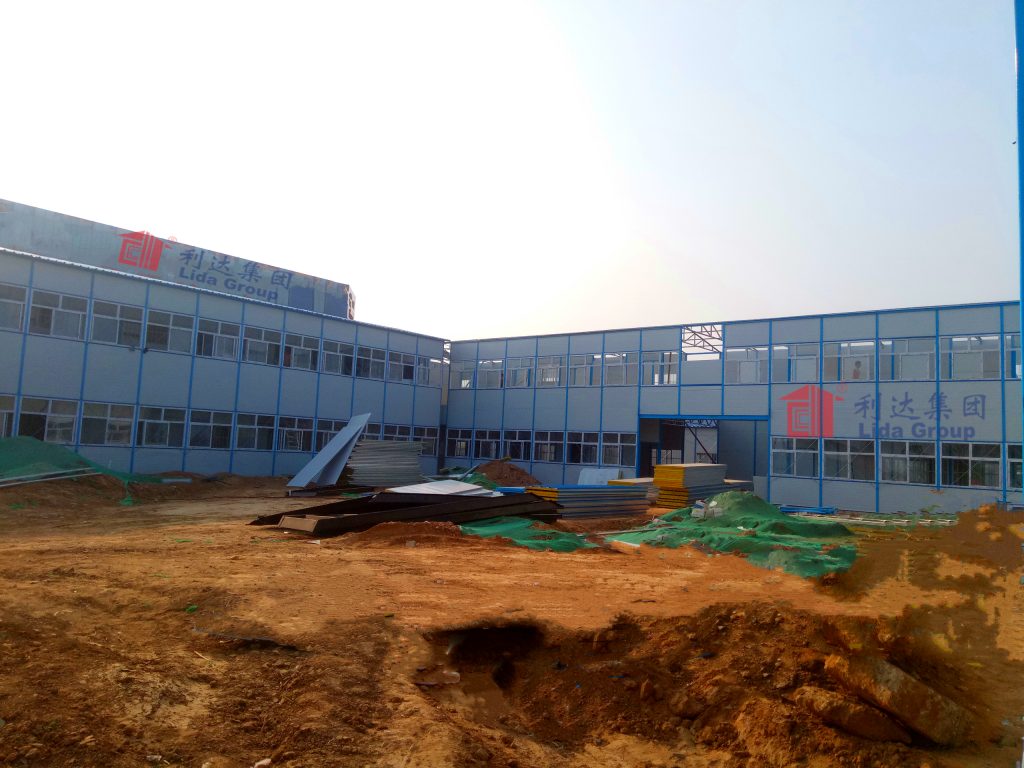
5. Real – World Applications of Lida Group’s Smart Event Infrastructure
5.1. Case Study 1: International Trade Show
At an international trade show held in a large city, Lida Group’s IoT – enabled prefab buildings were used to create the exhibition halls. The environmental monitoring system ensured that the temperature and humidity were kept at optimal levels for the display of delicate products. The exhibitors were able to control the lighting in their booths remotely, creating an attractive display environment.
The energy management system helped the event organizers to significantly reduce the energy consumption of the exhibition halls. By analyzing the energy usage patterns, they were able to identify and rectify areas of high energy waste. The security features, such as the door and window sensors and motion detectors, provided a safe environment for the exhibitors and their valuable products. The high – speed internet connectivity enabled the exhibitors to showcase their products through live demonstrations and online platforms, attracting more visitors and generating more business opportunities.
5.2. Case Study 2: Music Festival
A music festival in a rural area faced challenges in terms of providing a comfortable and safe environment for the large number of attendees. Lida Group’s prefab buildings were used to create the backstage areas, VIP lounges, and medical facilities. The environmental control system kept the backstage areas cool and well – ventilated, ensuring the comfort of the performers.
The energy – efficient features were crucial in a location where power supply was limited. The security features, including the emergency call buttons and fire – detection systems, provided a safe environment for everyone at the festival. The connectivity features allowed the festival organizers to communicate with the performers, staff, and attendees in real – time. The mobile app provided the attendees with information about the stage schedules, food and beverage options, and emergency contact details, enhancing their overall festival experience.
5.3. Case Study 3: Corporate Event
A corporate event, such as a company conference, required a professional and technologically advanced environment. Lida Group’s IoT – enabled prefab buildings were transformed into conference halls, meeting rooms, and breakout areas. The lighting and temperature control systems created a comfortable and conducive environment for the participants.
The energy management system helped the company to reduce its carbon footprint and save on energy costs. The security features ensured the privacy and safety of the corporate data being discussed. The high – speed internet and communication systems enabled seamless presentation of corporate strategies, product launches, and live video conferencing with remote offices. The digital signage was used to display the company’s branding and important announcements, creating a cohesive corporate environment.
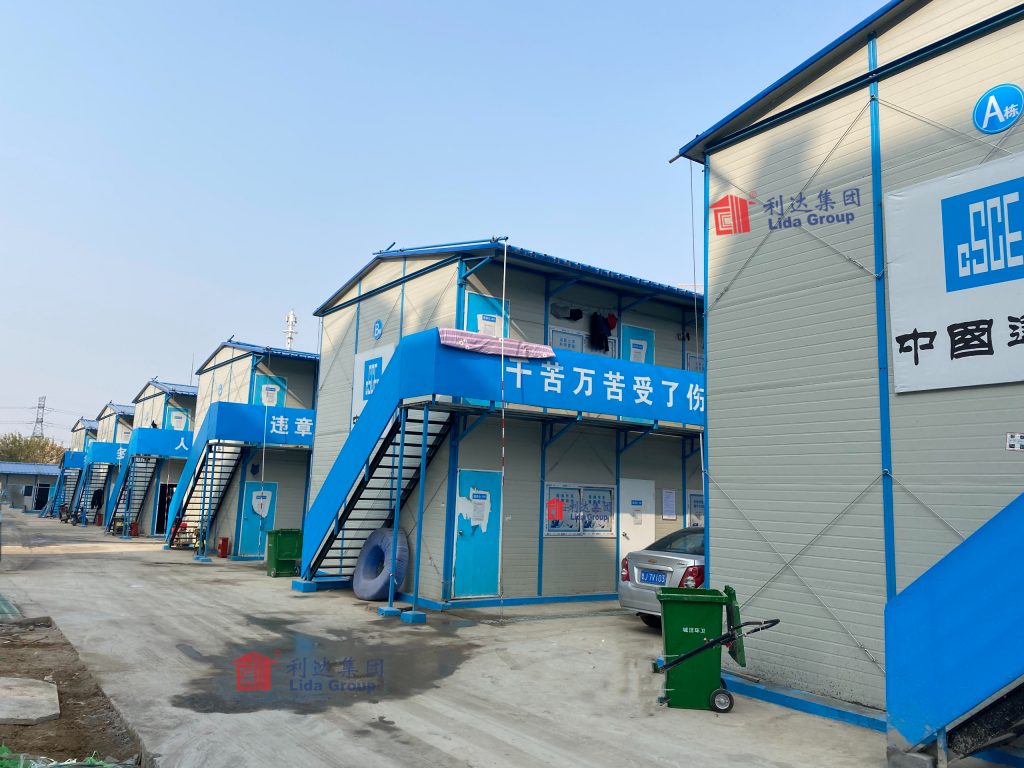
6. Challenges and Solutions in Implementing Smart Event Infrastructure
6.1. Technical Challenges
One of the main technical challenges in implementing IoT – enabled prefab buildings for smart event infrastructure is the integration of different systems. The IoT sensors, communication devices, and control systems need to work together seamlessly. This requires careful planning and compatibility testing. Lida Group addresses this challenge by having a team of experienced engineers who are well – versed in IoT technology.
They conduct extensive pre – deployment testing to ensure that all the systems are integrated correctly. In addition, they use open – source and standardized protocols wherever possible to enhance compatibility. Another technical challenge is the security of the IoT network. Since the buildings are connected to the internet, there is a risk of cyber – attacks. Lida Group implements multiple layers of security, including firewalls, encryption, and regular software updates, to protect the network and the data.
6.2. Cost – Related Challenges
The initial investment in IoT – enabled prefab buildings can be higher compared to traditional prefab structures. This includes the cost of the IoT devices, sensors, and the software for managing the systems. However, Lida Group offers cost – effective solutions by leveraging economies of scale. As the demand for their smart buildings grows, the cost per unit is expected to decrease.
In addition, they work with event organizers to provide detailed cost – benefit analyses. The long – term savings in energy costs, improved security, and enhanced event experience can offset the initial investment. For example, the energy – management features can lead to significant savings in electricity bills over the course of an event. The improved security can reduce the risk of theft and damage, saving on potential losses.
6.3. User Adoption Challenges
Event – goers and event organizers may be hesitant to adopt new technologies, especially if they are not familiar with them. To address this challenge, Lida Group provides comprehensive training and support. They offer training sessions for event organizers on how to operate and manage the IoT – enabled systems.
For event – goers, they provide clear and user – friendly interfaces, such as the mobile app and the digital signage. The app is designed to be intuitive, with easy – to – understand instructions. The digital signage uses simple and visually appealing graphics to convey information. In addition, they offer on – site support during the event to assist with any technical issues or questions.
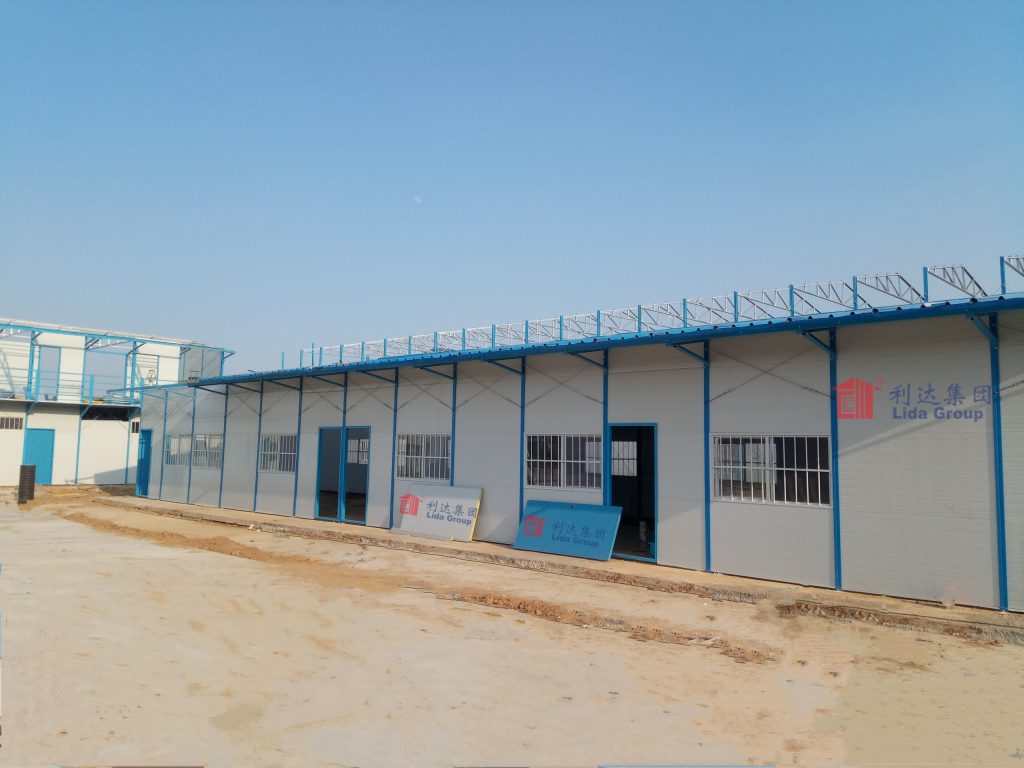
7. Future Outlook for Smart Event Infrastructure by Lida Group
7.1. Technological Advancements
As technology continues to evolve, Lida Group is likely to incorporate even more advanced features into their smart event infrastructure. For example, the use of artificial intelligence (AI) and machine learning (ML) in the IoT systems could further optimize the environmental control and energy management. AI – powered algorithms could predict the energy needs of the building based on historical data and real – time occupancy, and adjust the systems accordingly.
The integration of augmented reality (AR) and virtual reality (VR) technologies could enhance the event experience. Event – goers could use AR – enabled mobile apps to get a more immersive view of the event space, access additional information about the exhibitors or performers, and interact with virtual elements. In the future, Lida Group may also explore the use of blockchain technology to enhance the security and transparency of the IoT systems, especially in terms of data management and authentication.
7.2. Market Expansion
With the increasing demand for smart event infrastructure, Lida Group is expected to expand its market reach. They may target new regions and industries, such as the sports event industry, where the need for flexible and technologically advanced stadium infrastructure is growing. In addition, they may collaborate with other companies in the event technology space to offer more comprehensive solutions.
For example, partnering with event management software companies could enable seamless integration of the IoT – enabled building systems with event registration, ticketing, and scheduling platforms. This would provide event organizers with a one – stop solution for managing all aspects of an event. As the company continues to innovate and expand, it is likely to play an even more significant role in shaping the future of event infrastructure globally.
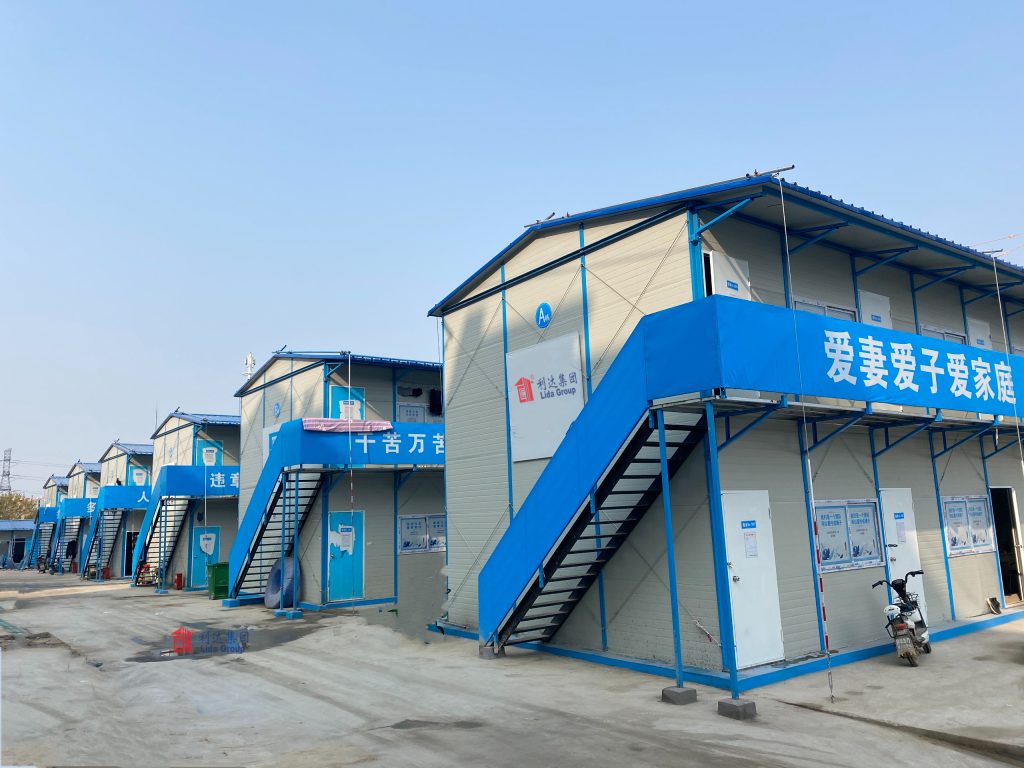
8. Conclusion
Lida Group’s IoT – enabled temporary prefab buildings represent a significant leap forward in smart event infrastructure. By integrating advanced technologies such as IoT, they have addressed the challenges faced by the event industry, including environmental management, energy efficiency, security, and connectivity. The real – world applications of their smart buildings in various events, from trade shows to music festivals and corporate events, have demonstrated their effectiveness and versatility.
Although there are challenges in implementing such smart infrastructure, Lida Group has developed solutions to overcome them. Looking to the future, with continued technological advancements and market expansion, Lida Group is well – positioned to lead the way in providing innovative and sustainable smart event infrastructure. Their efforts not only benefit the event organizers and attendees but also contribute to a more efficient, environmentally friendly, and technologically advanced event industry as a whole.
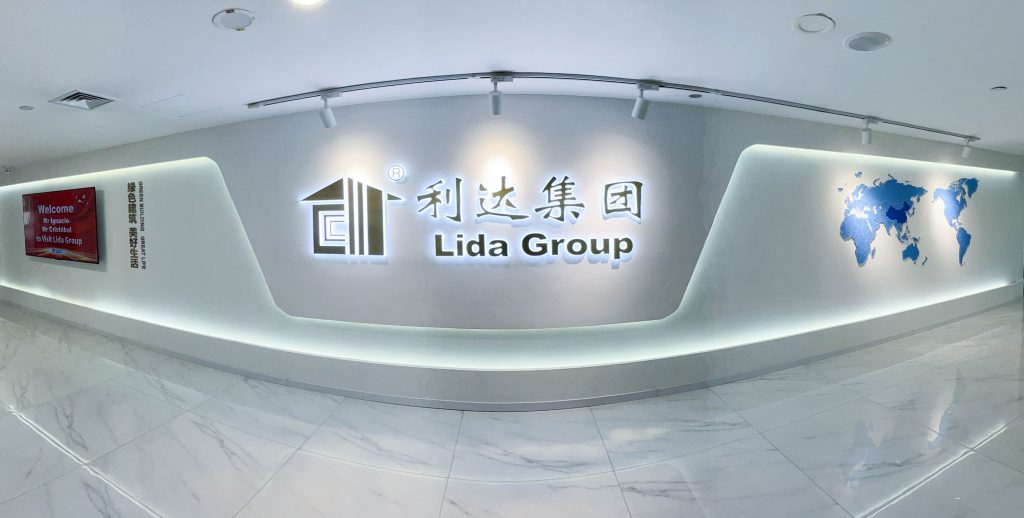
Related news
-
Hurricane-Proof Shelters: Lida Group's Prefab Sandwich Panel Construction Enables Rapid Deployment of Secure Mobile Units
2025-08-06 14:18:18
-
Sustainable Mining Camps: Lida Group Delivers High Quality Mobile Houses Using Recycled Sandwich Panel Temporary Structures
2025-08-06 15:57:43
-
Why Refugee Camps Adopt Lida Group's Durable Temporary Prefab Buildings with High Quality Mobile House Amenities
2025-08-06 11:34:57
contact us
- Tel: +86-532-88966982
- Whatsapp: +86-13793209022
- E-mail: sales@lidajituan.com


